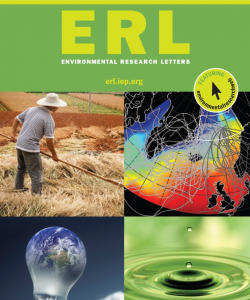Washington Post Features Study by Former CNS Postdoc Mary Collins

A recently-published paper co-authored by former CNS Postdoctoral Scholar Mary Collins suggests that disparities between both polluters and those exposed to pollution are even greater than existing Environmental Justice research suggests. With the nation's attention focused on the environmental crisis in Flint, Michigan where a disproportionately low-income and minority demographic suffered the health effects of toxic lead in the public water supply, The Washington Post took notice of Collins's study.
Although Collins and colleagues studied air pollution, they found that poor, minority neighborhoods, often referred to as environmental justice communities, bear the brunt of toxic chemicals emitted by the most-polluting industrial facilities. Of 16,000 facilities studied, the paper authors found that only about 5 percent (or 809) were responsible for 90 percent of the toxic concentration. “It’s certainly not news that minority and low income communities face more than what some would say is their fair share of pollution from industrial sources,” Collins is quoted in The Washington Post article. “We found that actually, the burden they face from these superpolluters was even more extreme than you would think.”
This study is noteworthy not only for its results but its scale and sophistication. Via Big Data computational techniques, study authors were able to replicate Collins doctoral work--which focused on superpolluters in the state of Wisconsin--on a national scale. The paper was published in the open access journal, Environmental Research Letters.










